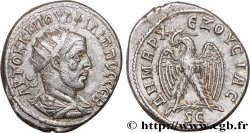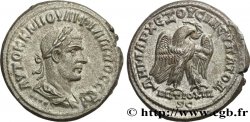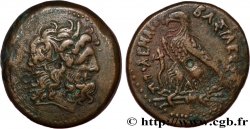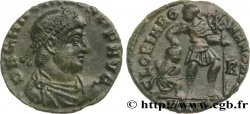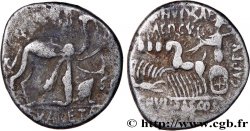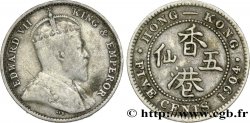bpv_192782 - PHILIPPUS Tétradrachme syro-phénicien
无库存.
所有在网站上销售的产品 (2014)
价格 : 140.00 €
所有在网站上销售的产品 (2014)
价格 : 140.00 €
种类 Tétradrachme syro-phénicien
日期: 249
铸币厂名称/城市 Antioche, Syrie, Séleucie et Piérie
材质 billon
直径 26,00 mm
模子方针 6 h.
重量 11,64 g.
关于品相的说明
Bon centrage, bonne frappe, bonnes surfaces, petites taches
出版目录中的项代码 :
家谱
Cet exemplaire est le 0439A_006 de la base TSP
正面
正面的说明书 Buste lauré, drapé et cuirassé de Philippe Ier l’Arabe à droite, ptéryges de gauche visibles,vu de trois quarts en avant (A*).
正面铭文 AUTOK K M IOUL FILIPPOS SEB, (Autokratoros Kaisaros Markos Ioulios Filippos Sebastos)
正面的翻译 (L’empereur césar Marc Jules Philippe auguste).
背面
背面的文字 ANTIOXIA / S|C À L’EXERGUE.
背面的说明书 Aigle debout à droite, les ailes largement déployées, tête à droite et queue à gauche, tenant une couronne feuillée dans son bec.
背面铭文 DHMARC - EX OUSIAS UPATOD
背面的翻译 (Revêtu de la puissance tribunitienne / Consul pour la quatrième fois / avec l’accord du Sénat d’Antioche).
评论
Depuis la parution du Prieur, le type 439 a été scindé en deux groupes, le 438 qui présente un buste où l’on ne voit pas les ptéryges de gauche, et le 439A, où celles-ci sont plus ou moins visibles.
Il existe à Antioche de très nombreuses frappes datées d’un quatrième consulat de Philippe l’Arabe dont nous ne trouvons pas trace à Rome. Il est extrêmement regrettable que les quelques informations dont nous disposons sur le Sénat d’Antioche soient largement plus tardives (4e et 5e siècle) car les émissions de tétradrachmes laissent à penser que non seulement le Sénat d’Antioche manifestait son indépendance envers Rome en frappant de l’argent avec la titulature “SC / ANTIOXIA” mais encore qu’il avait son propre comput impérial sous Philippe.
La richesse des variantes de bustes pour des émissions de circulation à Antioche est telle que certains, Jean-Marc Doyen par exemple, ont pu considérer que l’Orient avait été, sur le plan des bustes monétaires, le laboratoire dont l’Occident va s’inspirer.
En effet, de Caracalla à Philippe, les variantes de bustes à attributs sont nombreuses et, contrairement à la pratique de Rome qui les réserve à des émissions de donativa ou de prestige, manifestement destinées à la circulation.
Ce n’est que bien plus tard, avec un décalage de trente ans, que Rome enrichira son répertoire de bustes. Persistance d’une supériorité artistique de l’Orient hellénistique sur l’Occident romain, quatre siècles après la conquête de la Grèce ? Souci de propagande exacerbé à la frontière de l’Empire, moins prégnant dans la capitale ? Influence d’empereurs sémites préoccupés de leur image de marque locale auprès de populations dont ils sont issus ? Souci oriental de la forme plus que du fond ? Graveurs libres et en concurrence à Antioche, esclaves et peu motivés à Rome ? Nous ne savons mais il n’en reste pas moins que la constatation est indiscutable.
Dès que Philippe II est proclamé auguste, il utilise toujours les titres de son père au revers mais encore adopte sa titulature de droit. Les collectionneurs débutants ont d’ailleurs des difficultés à distinguer le père du fils ; la règle est simple : le père a toujours une ride qui barre le front, le fils toujours un front lisse.
On note que les sigma sont gravés en C.
Dans la base TSP maintenue par Michel Prieur, dix-neuf exemplaires, dont un seul en musée, à l’ANS, sont maintenant répertoriés pour ce type.
Since the publication of the Prior, type 439 has been split into two groups, 438 which presents a bust where the left pteryges are not visible, and 439A, where these are more or less visible..
There are numerous coins in Antioch dated to a fourth consulate of Philip the Arab, of which we find no trace in Rome.. It is extremely regrettable that the little information we have on the Senate of Antioch is much later (4th and 5th century) because the issues of tetradrachms suggest that not only did the Senate of Antioch demonstrate its independence from Rome by minting money with the title “SC / ANTIOXIA” but also that it had its own imperial computus under Philip.
The wealth of variants of busts for circulation issues in Antioch is such that some, Jean-Marc Doyen for example, were able to consider that the East had been, in terms of monetary busts, the laboratory from which the West would draw inspiration..
Indeed, from Caracalla to Philip, the variants of busts with attributes are numerous and, contrary to the practice of Rome which reserves them for donativa or prestige issues, clearly intended for circulation.
It was only much later, with a gap of thirty years, that Rome would enrich its repertoire of busts.. Persistence of an artistic superiority of the Hellenistic East over the Roman West, four centuries after the conquest of Greece? Concern for propaganda exacerbated on the borders of the Empire, less pervasive in the capital? Influence of Semitic emperors concerned with their local brand image among the populations from which they came? Oriental concern for form more than content? Free and competing engravers in Antioch, slaves and little motivated in Rome? We do not know, but the fact remains that the observation is indisputable..
As soon as Philip II was proclaimed Augustus, he still used his father's titles on the reverse but also adopted his title by right.. Beginner collectors have difficulty distinguishing the father from the son; the rule is simple: the father always has a wrinkle across his forehead, the son always has a smooth forehead..
Note that the sigmas are engraved in C.
In the TSP database maintained by Michel Prieur, nineteen examples, including only one in a museum, at the ANS, are now listed for this type.
Il existe à Antioche de très nombreuses frappes datées d’un quatrième consulat de Philippe l’Arabe dont nous ne trouvons pas trace à Rome. Il est extrêmement regrettable que les quelques informations dont nous disposons sur le Sénat d’Antioche soient largement plus tardives (4e et 5e siècle) car les émissions de tétradrachmes laissent à penser que non seulement le Sénat d’Antioche manifestait son indépendance envers Rome en frappant de l’argent avec la titulature “SC / ANTIOXIA” mais encore qu’il avait son propre comput impérial sous Philippe.
La richesse des variantes de bustes pour des émissions de circulation à Antioche est telle que certains, Jean-Marc Doyen par exemple, ont pu considérer que l’Orient avait été, sur le plan des bustes monétaires, le laboratoire dont l’Occident va s’inspirer.
En effet, de Caracalla à Philippe, les variantes de bustes à attributs sont nombreuses et, contrairement à la pratique de Rome qui les réserve à des émissions de donativa ou de prestige, manifestement destinées à la circulation.
Ce n’est que bien plus tard, avec un décalage de trente ans, que Rome enrichira son répertoire de bustes. Persistance d’une supériorité artistique de l’Orient hellénistique sur l’Occident romain, quatre siècles après la conquête de la Grèce ? Souci de propagande exacerbé à la frontière de l’Empire, moins prégnant dans la capitale ? Influence d’empereurs sémites préoccupés de leur image de marque locale auprès de populations dont ils sont issus ? Souci oriental de la forme plus que du fond ? Graveurs libres et en concurrence à Antioche, esclaves et peu motivés à Rome ? Nous ne savons mais il n’en reste pas moins que la constatation est indiscutable.
Dès que Philippe II est proclamé auguste, il utilise toujours les titres de son père au revers mais encore adopte sa titulature de droit. Les collectionneurs débutants ont d’ailleurs des difficultés à distinguer le père du fils ; la règle est simple : le père a toujours une ride qui barre le front, le fils toujours un front lisse.
On note que les sigma sont gravés en C.
Dans la base TSP maintenue par Michel Prieur, dix-neuf exemplaires, dont un seul en musée, à l’ANS, sont maintenant répertoriés pour ce type.
Since the publication of the Prior, type 439 has been split into two groups, 438 which presents a bust where the left pteryges are not visible, and 439A, where these are more or less visible..
There are numerous coins in Antioch dated to a fourth consulate of Philip the Arab, of which we find no trace in Rome.. It is extremely regrettable that the little information we have on the Senate of Antioch is much later (4th and 5th century) because the issues of tetradrachms suggest that not only did the Senate of Antioch demonstrate its independence from Rome by minting money with the title “SC / ANTIOXIA” but also that it had its own imperial computus under Philip.
The wealth of variants of busts for circulation issues in Antioch is such that some, Jean-Marc Doyen for example, were able to consider that the East had been, in terms of monetary busts, the laboratory from which the West would draw inspiration..
Indeed, from Caracalla to Philip, the variants of busts with attributes are numerous and, contrary to the practice of Rome which reserves them for donativa or prestige issues, clearly intended for circulation.
It was only much later, with a gap of thirty years, that Rome would enrich its repertoire of busts.. Persistence of an artistic superiority of the Hellenistic East over the Roman West, four centuries after the conquest of Greece? Concern for propaganda exacerbated on the borders of the Empire, less pervasive in the capital? Influence of Semitic emperors concerned with their local brand image among the populations from which they came? Oriental concern for form more than content? Free and competing engravers in Antioch, slaves and little motivated in Rome? We do not know, but the fact remains that the observation is indisputable..
As soon as Philip II was proclaimed Augustus, he still used his father's titles on the reverse but also adopted his title by right.. Beginner collectors have difficulty distinguishing the father from the son; the rule is simple: the father always has a wrinkle across his forehead, the son always has a smooth forehead..
Note that the sigmas are engraved in C.
In the TSP database maintained by Michel Prieur, nineteen examples, including only one in a museum, at the ANS, are now listed for this type.







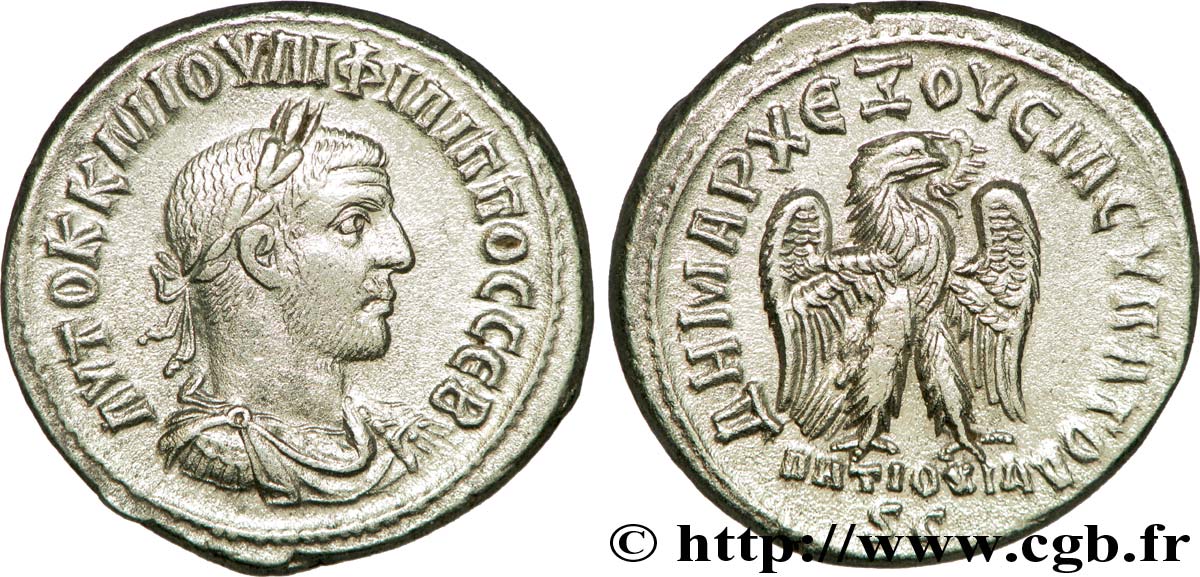
 对产品描述纠错
对产品描述纠错 打印
打印 分享我的选择
分享我的选择 提问
提问 Consign / sell
Consign / sell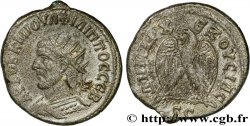
 产品介绍
产品介绍
